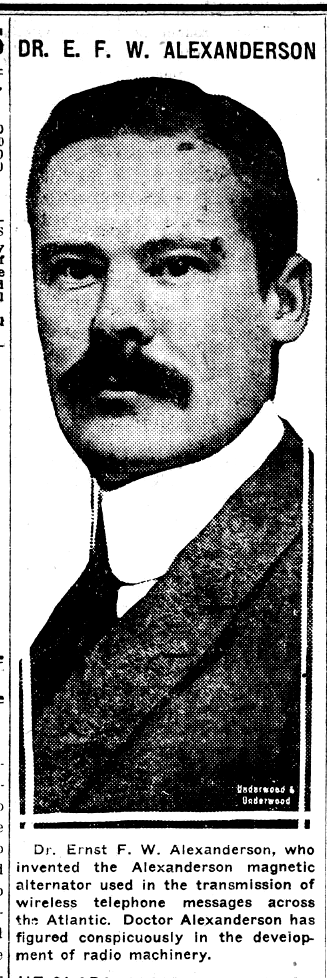|
Aurotype
Aurotype is a Monochrome printmaking, monochrome photographic printing process that uses Gold chloride, potassium ferricyanide and potassium ferrocyanide, ferrocyanide. It was described in 1844 by Robert Hunt (scientist), Robert Hunt. It is a member of the Siderotype family of processes. References Photographic processes dating from the 19th century {{photography-stub ... [...More Info...] [...Related Items...] OR: [Wikipedia] [Google] [Baidu] |
Monochrome Printmaking
Monochrome printmaking is a generic term for any printmaking technique that produces only shades of a single color. While the term may include ordinary printing with only two colors — "ink" and "no ink" — it usually implies the ability to produce several intermediate colors between those two extremes. In contrast with color printing, monochrome printing needs only a single ink and may require only a single pass of the paper through the printing press. Techniques Monochrome printmaking techniques include: * Mezzotint * Aquatint * Lithography * Halftoning See also * Monochrome painting * Monochrome photography Monochrome photography is photography where each position on an image can record and show a different ''amount'' of light, but not a different hue. It includes all forms of black-and-white photography, which produce images containing shades of ... * Monochromatic image References {{Printmaking-stub Printmaking ... [...More Info...] [...Related Items...] OR: [Wikipedia] [Google] [Baidu] |
Gold Chloride
Gold chloride can refer to: * Gold(I) chloride (gold monochloride), AuCl * Gold(I,III) chloride (gold dichloride, tetragold octachloride), Au4Cl8 * Gold(III) chloride (gold trichloride, digold hexachloride), Au2Cl6 * Chloroauric acid Chloroauric acid is an inorganic compound with the chemical formula . It forms hydrates . Both the trihydrate and tetrahydrate are known. Both are orange-yellow solids consisting of the planar anion. Often chloroauric acid is handled as a soluti ..., HAuCl4 (brown gold chloride); or its sodium salt, NaAuCl4 (gold chloride, sodium gold chloride, yellow gold chloride), used as a histological stain {{Chemistry index ... [...More Info...] [...Related Items...] OR: [Wikipedia] [Google] [Baidu] |
Potassium Ferricyanide
Potassium ferricyanide is the chemical compound with the formula K3 e(CN)6 This bright red salt contains the octahedrally coordinated 3−.html" ;"title="e(CN)6sup>3−">e(CN)6sup>3− ion. It is soluble in water and its solution shows some green-yellow fluorescence. It was discovered in 1822 by Leopold Gmelin. Preparation Potassium ferricyanide is manufactured by passing chlorine through a solution of potassium ferrocyanide. Potassium ferricyanide separates from the solution: :2 K4 e(CN)6+ Cl2 → 2 K3 e(CN)6+ 2 KCl Structure Like other metal cyanides, solid potassium ferricyanide has a complicated polymeric structure. The polymer consists of octahedral e(CN)6sup>3− centers crosslinked with K+ ions that are bound to the CN ligands. The K+---NCFe linkages break when the solid is dissolved in water. Applications The compound is also used to harden iron and steel, in electroplating, dyeing wool, as a laboratory reagent, and as a mild oxidizing agent in organic chemist ... [...More Info...] [...Related Items...] OR: [Wikipedia] [Google] [Baidu] |
Potassium Ferrocyanide
Potassium ferrocyanide is the inorganic compound with formula K4 e(CN)6�3H2O. It is the potassium salt of the coordination complex e(CN)6sup>4−. This salt forms lemon-yellow monoclinic crystals. Synthesis In 1752, the French chemist Pierre Joseph Macquer (1718–1784) first reported the preparation of potassium ferrocyanide, which he achieved by reacting Prussian blue (iron(III) ferrocyanide) with potassium hydroxide. Modern production Potassium ferrocyanide is produced industrially from hydrogen cyanide, ferrous chloride, and calcium hydroxide, the combination of which affords Ca2 e(CN)6�11H2O. This solution is then treated with potassium salts to precipitate the mixed calcium-potassium salt CaK2 e(CN)6 which in turn is treated with potassium carbonate to give the tetrapotassium salt. Historical production Historically, the compound was manufactured from organic compounds containing nitrogen, iron filings, and potassium carbonate. Common nitrogen and carbon sources wer ... [...More Info...] [...Related Items...] OR: [Wikipedia] [Google] [Baidu] |
Robert Hunt (scientist)
Robert Hunt (6 September 1807 – 17 October 1887) was a British mineralogist, as well as an antiquarian, an amateur poet, and an early pioneer of photography. He was born at Devonport, Plymouth and died in London on 17 October 1887. Life and work Early life Hunt's father, a naval officer, drowned while Robert was a youth. Robert began to study in London for the medical profession, but ill-health caused him to return to settle in Cornwall. In 1829, he published ''The Mount’s Bay; a descriptive poem ... and other pieces'' but received little critical or financial success.Alan Pearson, 'Hunt, Robert (1807–1887)’, Oxford Dictionary of National Biography, Oxford University Press, 200 Retrieved 16 Jan 2011/ref> In 1840, Hunt became secretary to the Royal Cornwall Polytechnic Society at Falmouth. Here he met Robert Were Fox, and carried on some physical and chemical investigations with him. Career He was appointed Professor of Mechanical Science, Government School of ... [...More Info...] [...Related Items...] OR: [Wikipedia] [Google] [Baidu] |
Siderotype
Siderotype is an iron-based photographic print. The term was coined by Sir John Frederick William Herschel. A short list of processes defined as siderotypes is as follows: amphitype, argentotype, argyrotype, aurotype, breath print, Brown Line, chromatic photo, chrysotype, cyanotype, ferrogallic process, kallitype, kelaenotypeNakahara's Process palladiotype, Architectural reprography, Pellet print, Phipson's process, platinotype, printout platinum, satista print, sepia platinotype, sepiatype and Van dyke brown, vandyke. References {{reflist External links * http://www.siderotype.com Photographic processes dating from the 19th century ... [...More Info...] [...Related Items...] OR: [Wikipedia] [Google] [Baidu] |


